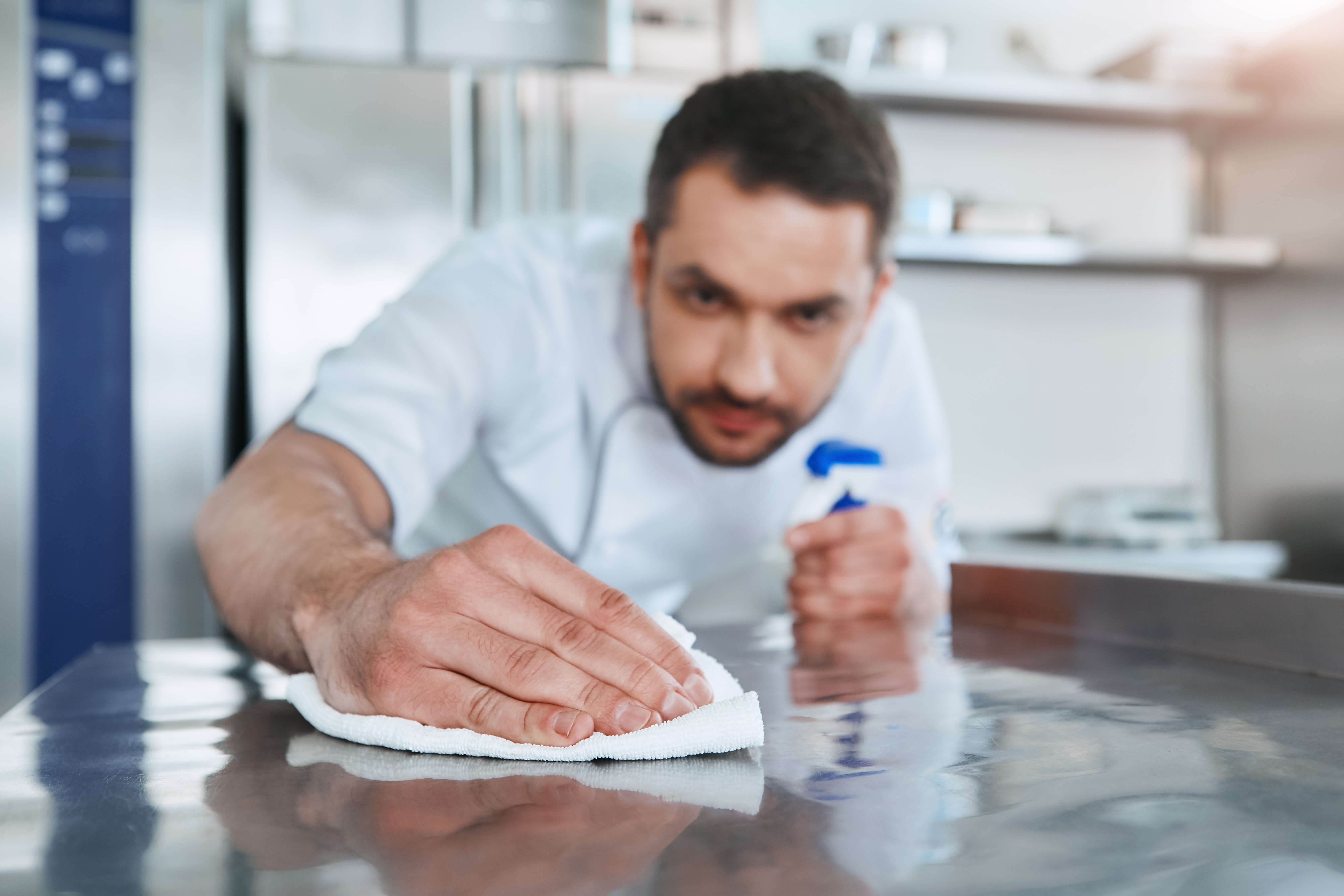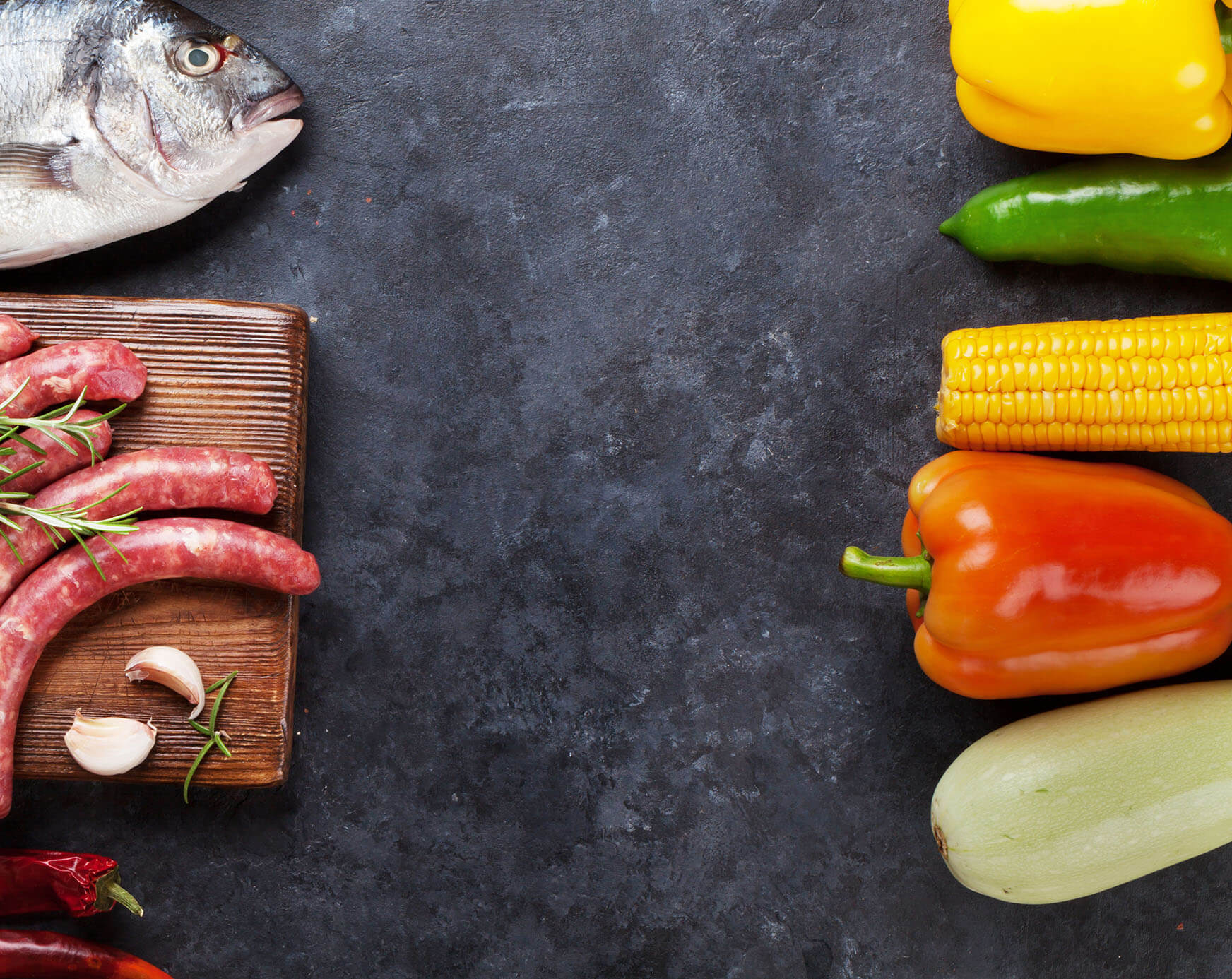7 Food Safety Tips to Keep Your Customers Safe in 2023

7 Food Safety Tips to Keep Your Customers Safe in 2023
DATE: 14th February, 2023

When running an establishment that sells food and drinks, nothing is more important than the safety of your customers. To keep those customers safe, serving food properly – in accordance with all the relevant rules and regulations in your area – is paramount. It’s easy to take the safety of the food you serve to customers for granted but falling into bad habits could put people at risk of illness.
In this article, we’d like to highlight some important food safety tips to keep in mind while running your establishment. It’s likely that some of these will be a review, but a review can be a good thing – it prevents you from getting lazy and cutting corners along the way.
Consider the seven tips listed below and make it a point to change any current practices in your business that fall short of accepted industry standards. We hope this helps!
1. It All Starts with Clean
If there is a single word that can be used to describe the core of food safety, it’s this one – clean.
Sure, there are other factors that need to be considered, and we’ll talk about those in a bit, but keeping everything clean is a huge start in the right direction.
So, what does it mean to maintain a clean environment in your establishment?
First, it means that everyone is washing their hands appropriately. Hand washing is a constant activity in a restaurant, so stations need to be readily available, easy to use, stocked with soap, etc. If you make it easy for your employees to wash their hands regularly, they will be far more likely to do so.
Also, the importance of handwashing needs to be baked into the culture, with every new hire immediately instructed on the importance of this key habit.
In addition to maintaining clean hands, it’s also essential to keep the food prep environment as clean as possible to prevent contamination. Everything that touches food needs to be clean, including prep equipment like cutting boards and knives.
Of course, it should go without saying that items given to customers like forks and spoons also need to be clean for each use.
2. Separation Goes a Long Way

One of the biggest food safety risks that are seen in any kitchen – and particularly a commercial kitchen – is cross-contamination.
That is when one food is allowed to come in contact with another food, spreading bacteria along the way. This is a risk because the food that has been contaminated may not be cooked to the same degree as the original food, if it is even cooked at all.
An example will help to make the risk of cross-contamination easier to understand. If you are preparing poultry in your restaurant, the raw poultry that is being prepared for cooking should be kept safely away from things like greens that will be used to make a salad. Those greens aren’t going to be cooked, so any bacteria that finds its way onto the greens will be sure to reach the customer.
Using separate sets of equipment for raw meats than you use for other foods is a good start, and the prep work should be done at different workstations within the kitchen.
Proper separation of foods within the cooking environment is one of the fundamental building blocks of food safety.
3. Proper Cooking Kills Bacteria
You won’t be surprised to know that cooking food thoroughly is a big part of keeping diners safe. However, you might not quite be clear on how to make sure food has been cooked to a safe temperature or exactly how those temperatures vary from one meat to the next.
While it’s tempting to just look at the food you are cooking to decide if it is done, that method is not foolproof. Your judgment of doneness could be influenced by things like lighting, or even just a variance in color from one meat to the next.
Instead of using judgment, go with a meat thermometer that will tell you definitively whether a piece of meat has been cooked well enough to serve. For things like beef and pork, that temperature is 145*F, while ground beef needs to get to at least 160*F, and turkey and chicken should be cooked to 165*F.
4. Chill Promptly for Safe Storage
Keeping food at the right temperature is another factor here, and you can’t let too much time pass in the room temperature range before food will need to be thrown out. So, once you take delivery of raw foods in your kitchen, or once you have cooked some items that aren’t going to be consumed right away, you should be thinking about the clock.
Under normal conditions, you have no more than two hours to get that food put away in a fridge or freezer if you want to keep it safe. When the air temperature is higher than typical – over 90*F – you should cut that time in half and give yourself only one hour.
Of course, you don’t want to be pushing up to those limits, and you should get food cooled down and put away as soon as possible.
The longer food sits out at room temperature, the more time it has to pick up unwanted bacteria that can make people sick. Remember this rule of thumb – if food isn’t hot, it should be cold. It’s the area between hot and cold where trouble can occur.
5. Keep Food Safe Until It Is Consumed
Depending on how you are serving food to your customers, it’s easy to let your guard down and trip up on important food safety points at the last moment. This is particularly common if food is being served in a buffet style.
For example, you might cook meat properly in the kitchen, but then you put it out and wait for it to be eaten – and too much time passes and some of the food falls into the temperature “danger zone”.
The solution to this problem is to use warming trays or similar equipment to keep the temperature up while customers are coming by to take a plate.
On the other end of the spectrum, food items that need to stay cold until they are consumed can be positioned over some ice or something else that will keep the temperature down in the safe range.
6. Proper Thawing Technique
Freezing food is a great way to preserve its useful life and keep it safe until the day comes to use that item. However, you have to be careful with how food is thawed, as using improper techniques could lead to food safety risks.
Specifically, what you don’t want to do is simply pull food out of the freezer and set it on the counter to thaw. That method would lead to a significant amount of time in the dangerous temperature range where bacteria can develop.
So, what should you do instead? If you have plenty of time available, move the items to the refrigerator to thaw out. This will gradually bring them out of a frozen state, but they’ll never get warm enough to create a risky situation.
When you don’t have enough time for that approach, consider using the microwave – this will thaw foods quite quickly, but you need to then be ready to cook whatever you thawed as soon as it comes out of the microwave.
7. Hold Each Other Accountable
Perhaps the most important tip you can receive on food safety for your restaurant is to make it a cultural thing within your organization from top to bottom. It needs to be very clear that this is something that your business takes seriously and that cutting corners is not an option.
If employees – especially those who are inexperienced in foodservice – see others making mistakes or ignoring best practices for food safety, they will be sure to imitate those behaviors.
Make it known that everyone needs to live up to these expectations and hold each other accountable for performance in this important aspect of business.
At Responsible Training, we are proud to provide informative, affordable training courses to help restaurants keep up with the latest in food handling and drink serving standards. Check out our food handler training and food manager training courses today to keep your business ahead of the curve.

